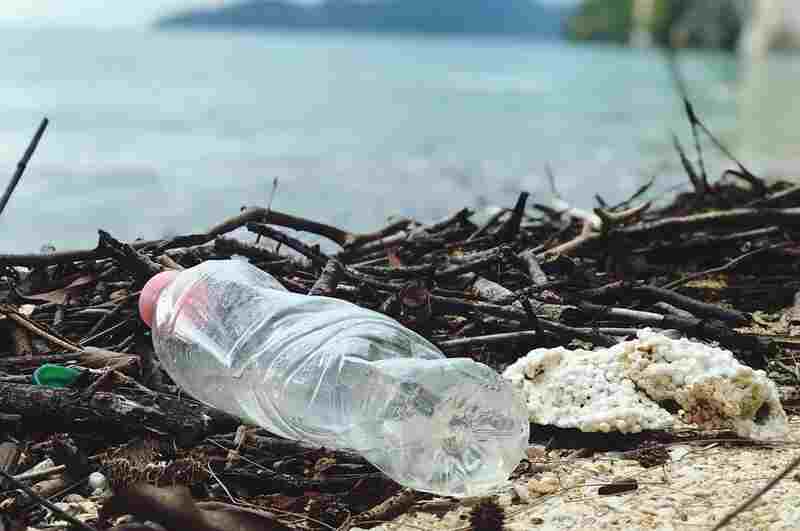It was in 1907 that the first artificial polymers were made. The length of the molecular chains in the polymers that make up plastic gives it its strength and flexibility. The plastic is stronger, lighter, and more flexible. The transition from biological to synthetic plastics started when it was discovered that petroleum and other fossil fuels could make longer chain polymers.
Why Should We Care About Plastic
Polyethylene terephthalate (PET), a synthetic plastic made from oil, is now the most common type of plastic used daily.
We all know that petroleum is bad for the environment and plastic is also made from petroleum. Think about how bad it would be for our landfills, oceans, and the world. Most plastics are made from petroleum, which makes them strong but also keeps them from breaking down naturally as natural elements do. Removing such types of waste is very hard because it stays on the planet for a long time.
Does plastic decompose
Before we can make that statement, we need to know how things break down. Decomposition is how organic materials like paper, wood, and animal bodies break down into simple organic molecules.
To break down, bacteria in the soil are involved, which will break down the organic matter and turn it into plant food. The word “biodegradable” means bacteria can break down this organic material.
Plastic, on the other hand, can’t break down because it’s not made of living things. By putting together unit cells or small building blocks, polyethylene terephthalate (PET), a synthetic material, is turned into plastic.
The building blocks, known as monomers, are made up of atoms that come from either natural or artificial chemical compounds. When monomers are put together, they weaken and last a long time. So bacteria can’t break them down. This makes it very hard for plastic to break down.
UV rays from the sun can break PET, but it would take a long time. And it will not take it apart completely. When plastic is exposed to UV light, it breaks down through a process called “photodegradation,”.
Photodegradation breaks down PET’s monomers and turns them into small synthetic granules. This is different from biodegradation, which completely breaks down organic waste in the soil, and scientists are not sure how far granules can break down even now.
Read Also: 5 Amazing Recycling Trends
How long does it take for a bottle made of plastic to break down
Plastic is harmful to the environment and has ingredients that may be harmful. So, how long will this material made of plastic last?
Some scientists say that it could take up to 450 years for PET to break down. PET is used in plastic bags, water bottles, and straws. Yes, this is a very scary forecast.
So you can understand it, let’s break it down. For a single plastic bottle to break down, it will take 5,400 months, 21,600 weeks, or 1,971,000 days. Think about how many water bottles are made of plastic and used today.
How long does a plastic bag take to break down
So, how long before plastic bags break down? The answer is between 10 and 1000 years. This number is a little bit sad. Getting to 1,000 is a problem. The amount of UV light the sun shines on a plastic bag tells us everything. A plastic bag that bakes in the sun may break down ten years faster than one that stays out of the heat (i.e., 1,000 years).
Plastic bags are made of polyethylene, which doesn’t break down, and it just gets brittle, which causes the bag to break into small pieces. In other words, there might not be a single plastic bag floating in the air or water.
Instead, tiny pieces of plastic called “microplastics” are now all over the environment. To fix this problem, it might be necessary to go back to shopping with paper bags. And there are many other choices.
How long does it take for a straw made of plastic to break down
Plastic straws used to be the most useful thing, but now they are becoming one of the most hated things made of plastic. About 200 years will pass before a plastic straw breaks down. They’ve been around a lot longer than they are now.
Due to their size, plastic straws are hard to recycle, so throwing them away is a bad idea. To start, there are alternatives. Straws can be made of stainless steel, paper, or materials that break down over time. Even better, don’t use a straw at all!
Plastic is a man-made material that is used in our everyday lives. Whether it’s plastic bags or the plastic wrapping around your sandwich, plastic is used almost everywhere.
While plastic is useful and convenient, it can be detrimental to the environment. You can understand how long it takes plastic to decompose, and how you can make a difference. To make a big difference in the environment, avoid using plastics.


